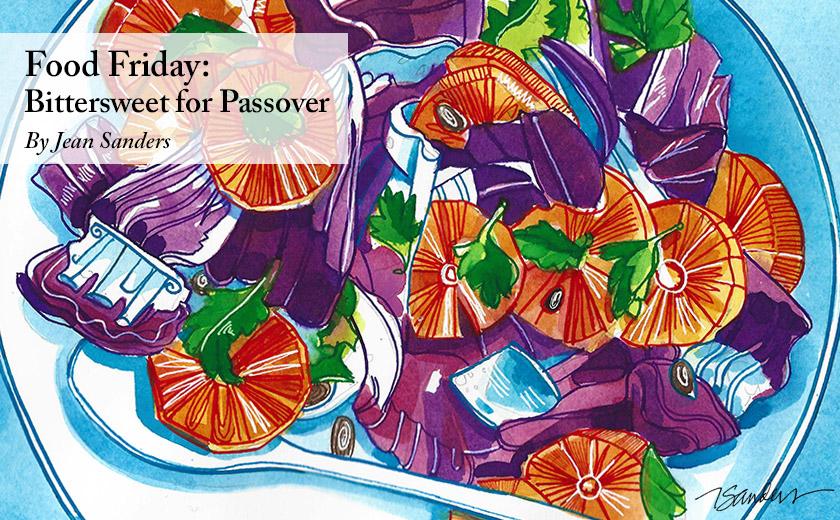The Passover holiday is an annual, weeklong festival celebrating the freedom of Jewish people from slavery in ancient Egypt. During COVID times we have had to modify our celebrations, but we have learned to do and share so much on Zoom that virtual Passover seders should prove to be memorable. Next year we should be able to share the holidays together.
This Saturday night, as Passover begins, gather your pod people and turn on your tablets to retell the story of the Exodus in song, prayer, and in eating symbolic foods. The seder meals should include eating matzo and bitter herbs, and include four cups of wine. Matzo is a reminder of the suffering of the slaves, and for getting out of Egypt: staying humble while still rejoicing.
The seder plate holds the symbols of the journey from slavery to freedom that are told in the Passover story. The plate is the centerpiece of the Passover seder. It holds the ceremonial foods on which the Seder meal is based: matzah, the zeroa (shankbone), egg, bitter herbs, haroset (an applesauce-like mixture with wine, nuts, apples, etc.) and karpas vegetable.The Mishnah names five types of bitter herbs eaten on the night of Passover: ḥazzeret (lettuce), ʿuleshīn (endive/chicory), temakha, ḥarḥavina, and maror. We are going to use radicchio, a kind of colorful chicory. These herbs symbolize the bitterness of slavery and are usually served on a seder plate, but they can also appear in salads served with the meal.
For years I confused radicchio and red cabbage, because they look quite similar, but taste wildly different. Radicchio is a red chicory that is sometimes called Italian chicory because of its common use in Italian cooking. It is grown as a leaf vegetable and is a red burgundy color, with white-veined leaves that form a head. (I had to spell the name for the clerk at the market during checkout. Everyone gets confused.) There are two types being most widely available: Treviso and Verona. Treviso leaves are oblong and grow in small, tightly packed heads. Verona radicchio has loosely packed round heads which are about the size of butter lettuce heads. Be sure to pick a head with crisp leaves, and no spots. They can be stored in the vegetable drawer of your fridge, and wrapped, it will keep for about a week.
Food52 has it covered: https://food52.com/blog/11879-radicchio-and-our-11-favorite-ways-to-use-it
I am partial to mixing sweet and bitter flavors. This is a bright and colorful citrus salad: https://www.kosher.com/recipe/radicchio-citrus-salad-6611
This version incorporates tart radishes, always a springtime favorite. https://www.epicurious.com/recipes/food/views/salad-of-bitter-greens-and-oranges-106407
Other salad ideas are:
38 Passover salad recipes from Jamie Geller: https://jamiegeller.com/holidays/salad-recipes-for-passover/
Passover Friendly Bitter Lettuce Salad: https://crunchyradish.com/thecrunchyradish/2019/4/1/passover-friendly-bitter-lettuce-salad
Passover Green Salad: https://recipes.beewild.buzz/passover-green-salad/
If you are looking for a new way to combine spring flavors with your mother’s brisket, try this: https://www.nrtoday.com/print_only/a-sprightly-brisket-for-your-passover-table/article_645dbf92-b8b8-558e-96fc-ffaca5536386.html
Chag kasher sameach — Have a happy and kosher holiday!
“I am no bird; and no net ensnares me: I am a free human being with an independent will.”
― Charlotte Brontë




Write a Letter to the Editor on this Article
We encourage readers to offer their point of view on this article by submitting the following form. Editing is sometimes necessary and is done at the discretion of the editorial staff.